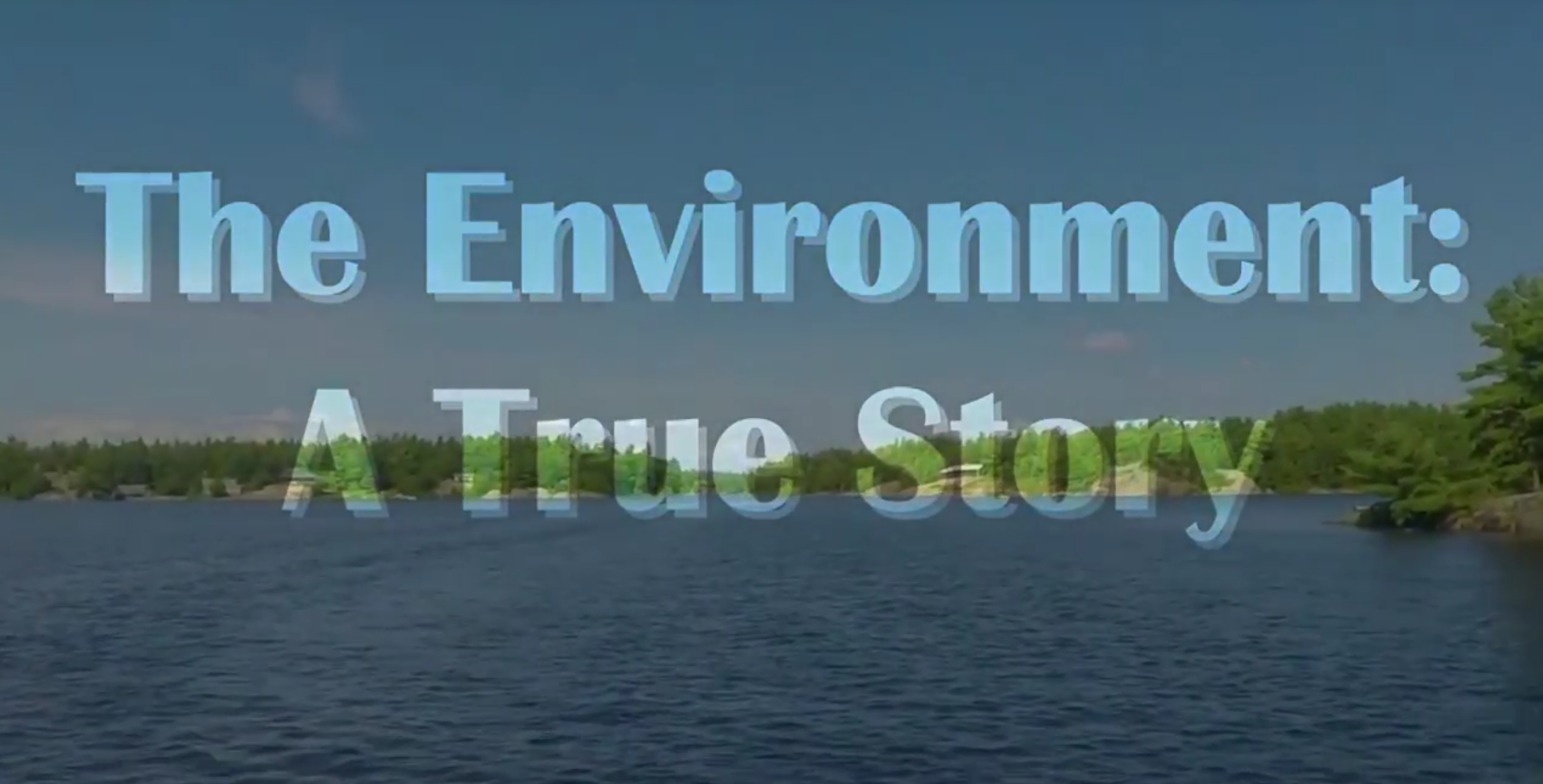Another science video that debunks climate alarmism is up on YouTube, titled The Environment: A True Story. Climate alarmism is not in the title, but that is what the film is all about. This is the third sound science climate flick in less than a month, which is good news indeed.
Its predecessors are designed for classroom use, each being about 24 minutes long. True Story is very different. It is more of a mini-series, a whopping 2 hours and 40 minutes long. At that great length it is very thorough, especially on the subject of natural variability, which is its focus. The basic message is that emerging from the little ice age is the best explanation for the present warming, but there is a whole lot besides that.
This is a full scale Canadian documentary and the Canadians are very good at this sort of thing. The star is Dr. John Robson, a well known Canadian journalist and historian who often writes for the National Post of Canada. He is also a video pundit, along the lines of ask a professor, as well as a prominent skeptic of climate alarmism. There are supporting roles by several well known skeptical scientists, especially the ever calm Will Happer. Robson sometimes gets excited, even talking too fast to be followed, but Happer is always measured and cool.
Robson narrates the film, as well as appearing repeatedly, usually to either summarize a topic or to introduce a new one, or both. He starts off by pointing out in some detail that if the alarmists are right then drastic action is indeed called for. He then spends the rest of the film explaining why they are not right. Both recorded history and paleo-history are brought into play, to good effect.
In this context Al Gore is repeatedly featured as a spokesperson for alarmism. The film is much more than a refutation of Gore’s alarmist movie “An Inconvenient Truth,” but it certainly does that along the way. It would be great fun to show the two films together, first Gore then Robson. Gore comes off as the pompous bully that he is, while Robson is ever polite as he shreds Gore’s arguments.
In keeping with Robson’s journalism background there are numerous newspaper quotes hawking alarmist dogma. In fact this film might be usefully studied by journalism students. There is some Canadian content, especially quotes from newspapers and some Environment Ministers, but they do not intrude and this film is truly international.
I was especially impressed by the serious discussion of chaos theory in relation to climate change. Chaos theory is math, not science, but the math is often used in science, where it is called non-linear dynamics. Under certain conditions non-linear equations behave unpredictably and these conditions are often met with in climate science. In particular, under these conditions systems can oscillate naturally without any discernible cause. This alone might well explain global warming, as simply a chaotic oscillation. Not surprisingly, climate models go to great lengths to keep this reality from happening on a large scale. Climate models are often chaotic at small time scales but not at the decade to century scale of global warming. This lack of large scale chaos is very much by design.
In summary this is a great film to watch if and when you have 3 hours to do it in. Students could do it as a special project. You might want to look at it in stages over several days, as I did. It is divided into segments but these do not completely stand alone. As a documentary it is superb and the science is very good. If it is long that is because the climate change debate is not simple. The medium is the message. (I just had to say that because Marshall McLuhen, who famously said it first, was a Canadian.) In many cases Robson hammers home important science that the alarmists ignore.
Refuting climate alarmism is not a trivial task and this movie makes a great contribution to that crucial job. It also does it with style and grace.

I enjoyed the video. Thanks for letting people know about this movie.